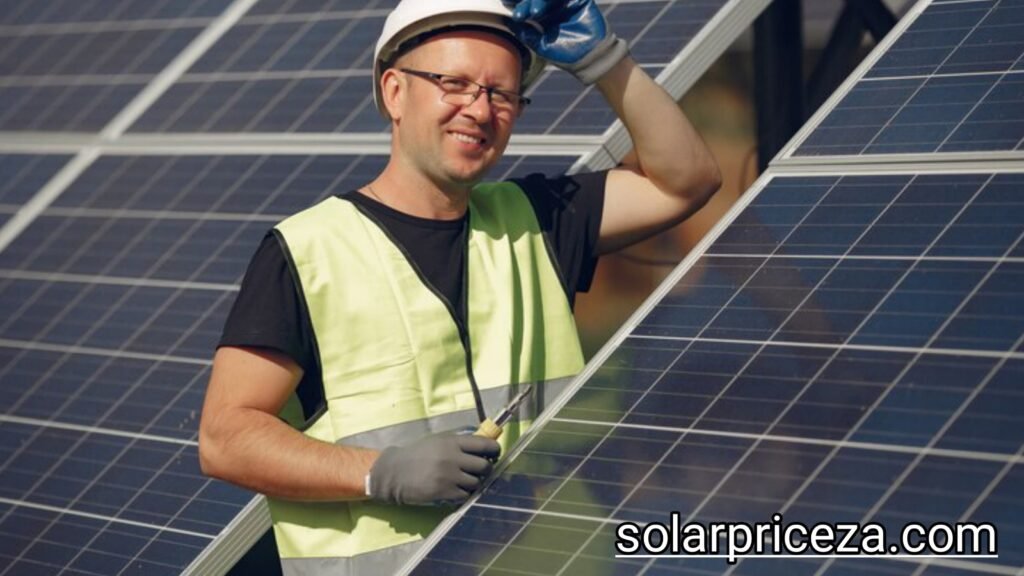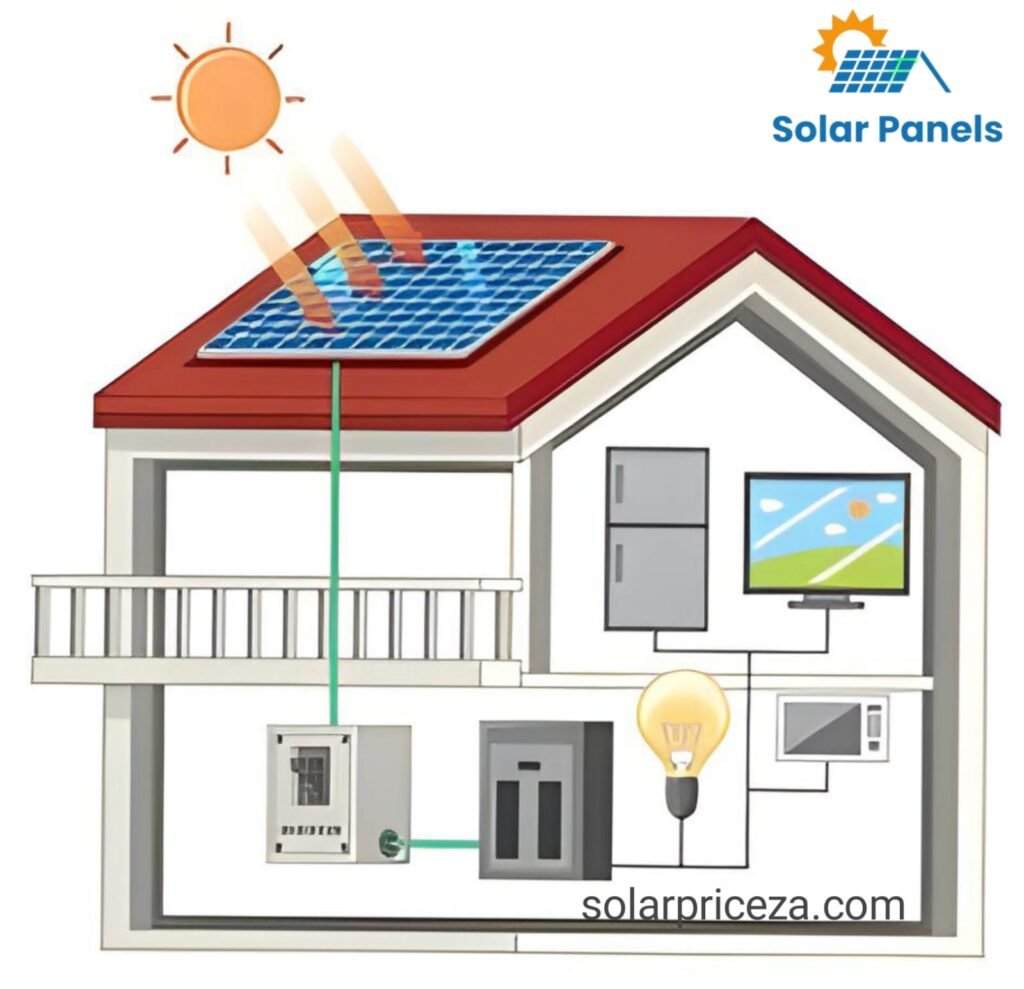The Overview of the Solar Industry in South Africa
Despite its problems, the solar business in South Africa has expanded greatly over the last ten years, helping the country’s energy mix grow, reduce greenhouse gas emissions, and improve access to rural areas. This blog seeks to analyze the benefits, negatives, and ugly of the Solar Industry in South Africa market to present a fair and objective viewpoint.
1.2 Economic Growth and Job Creation
With career opportunities in production, installation, maintenance, and other industries, the solar business has been a major job producer. Due to the fact that these positions frequently include training programs that increase skill levels and employability, local communities have benefited economically. The development of jobs has had a knock-on impact that has improved the economies of the areas where solar installations are located.
1.3 The Effect on the Environment
South Africa’s solar energy has significantly reduced its carbon footprint, reducing its dependence on coal-fired power plants and reducing greenhouse gas emissions and pollutants.
1.4 Expanding the Available Energy
Increased energy availability has been made possible in large part by solar electricity, particularly in South Africa’s rural and isolated areas. Off-grid solar solutions have improved living conditions and created new potential for economic and educational activities by bringing electricity to formerly dark

Section 2: The Bad
2.1 Problems with Intermittency and Reliability
While solar energy offers advantages, it also has disadvantages. Because solar energy is unstable, producing electricity depends on sunshine, which may lead to reliability issues. The nation has not yet finished creating and implementing energy storage systems that can help with these problems and guarantee a steady supply of electricity.
2.2 Expensive Start-Up Prices
Solar installations might have high upfront expenses, particularly for small enterprises and individual residences. Although the initial cost can be recovered over time by reducing electricity prices, there is still an important hurdle to broad adoption.
2.3: Skill Gap and Training Needs
Africa’s solar industry growth necessitates investment in education and training programs to fill the skills gap and equip the workforce for the sector’s growth.
Section 3: The Ugly
3.1 Issues with Durability and Quality
Issues regarding some solar installations’ quality and durability have grown along with the market. There have been cases of poor design and inferior materials, which highlights the necessity of strict industry regulations and quality control processes.

3.2 Challenges with Recycling and Disposal
Concern over the solar panel production and disposal process’s environmental impact is growing. The demand for environmentally friendly disposal and recycling techniques grows along with the number of installations. In order to guarantee that solar energy stays a truly green choice, the industry needs to confront the challenges head-on.
3.3 Challenges in Policy and Regulation
Despite the government of South Africa’s support for renewable energy, barriers in the form of laws and regulations continue to impede the industry’s growth.
Conclusion:
The solar industry in South Africa is poised for significant growth and transformation, driven by the country’s abundant solar resources, increasing energy demands, and the need for sustainable and reliable power solutions. South Africa’s government policies and incentives, such as the Renewable Energy Independent Power Producer Procurement Programme (REIPPPP), have created a favorable environment for solar investments and developments.



